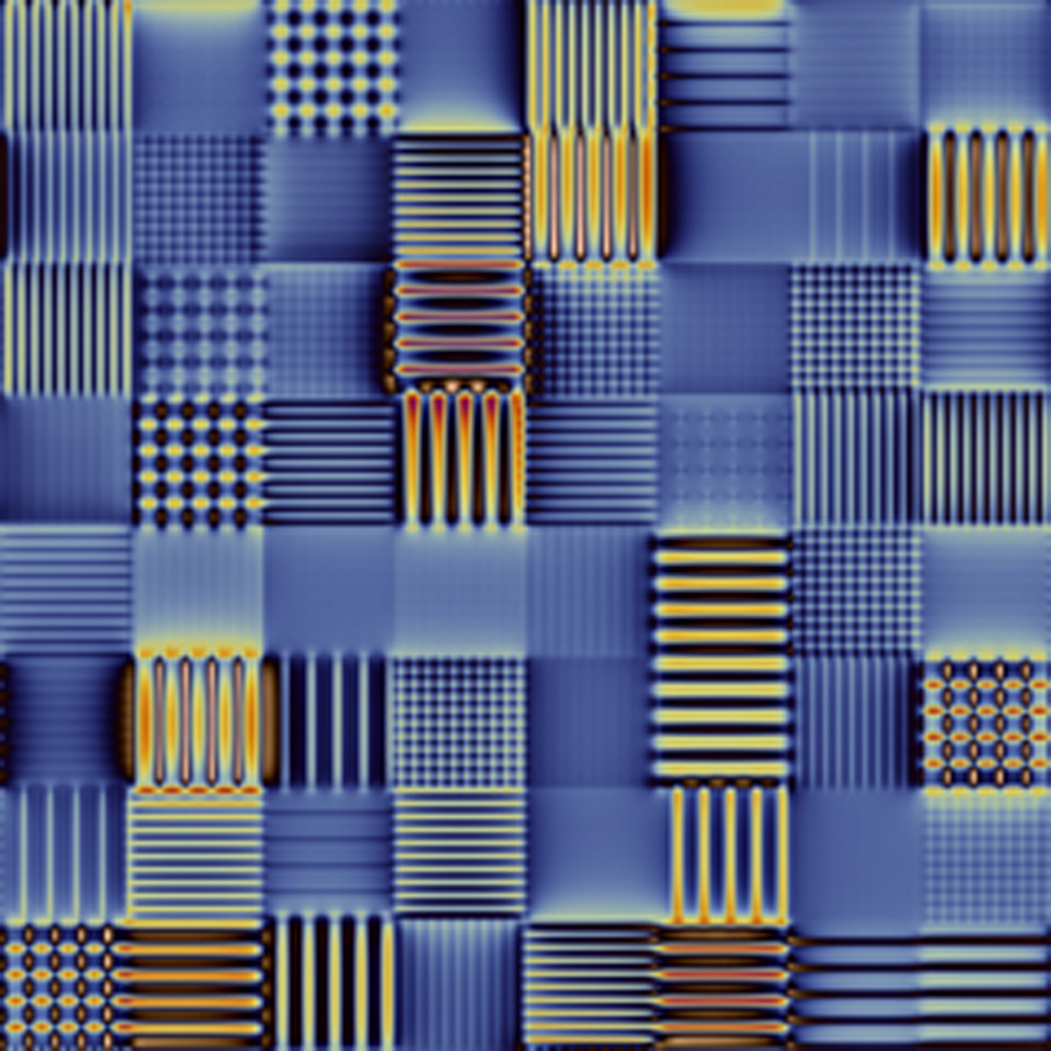Throughout our work on nanoimprint modeling, it has become apparent that more advanced experimental techniques are needed to characterize the rheology of many candidate imprintable materials, as well as the boundary conditions between them and stamp and substrate surfaces. To this end, we have proposed and prototyped a chip-scale imprinting device which fits beneath a white-light microscope. By imaging the optical interference resulting from multiple reflections within the polymer film, it is possible to obtain real-time estimates of the reductions of polymer film thicknesses under a load. Analysis of this "nanocaliper" system indicates that sub-nanometer film thickness resolution is achievable with simple light-emitting diode illumination and a basic video camera. From these measurements, rheological properties can be estimated and end-point detection for industrial imprint lithography processes becomes possible. Other potential applications of this system lie in imaging van der Waals solids during and after mechanical exfoliation, and characterization of complex biological fluids.
H. Gramling and H. Taylor, "Nanometer-resolution, wide-field optical measurement of time-varying sub-micron fluid film thicknesses for viscosity determination," in Proc. Micro and Nano Engineering, Vienna, Austria, Sep. 2016. proceedings .pdf
H.K. Taylor and N. Dhakal, "A chip-scale imprinter with integrated optical interference for calibrating models of NIL resists and resist-stamp boundary conditions", presented at Nanoimprint and Nanoprint Technology, Barcelona, Spain, Oct. 2013. abstract .pdf | presentation .pdf
Hannah Gramling, Dana Lansigan, Kim Sover, Gradey Wang, Hayden Taylor
